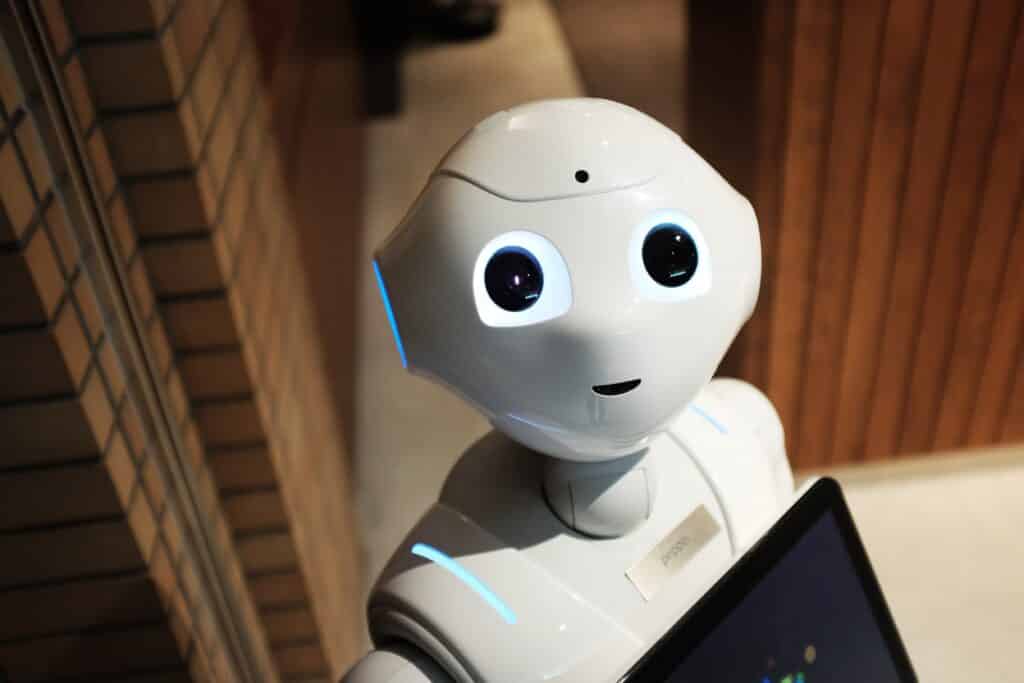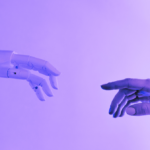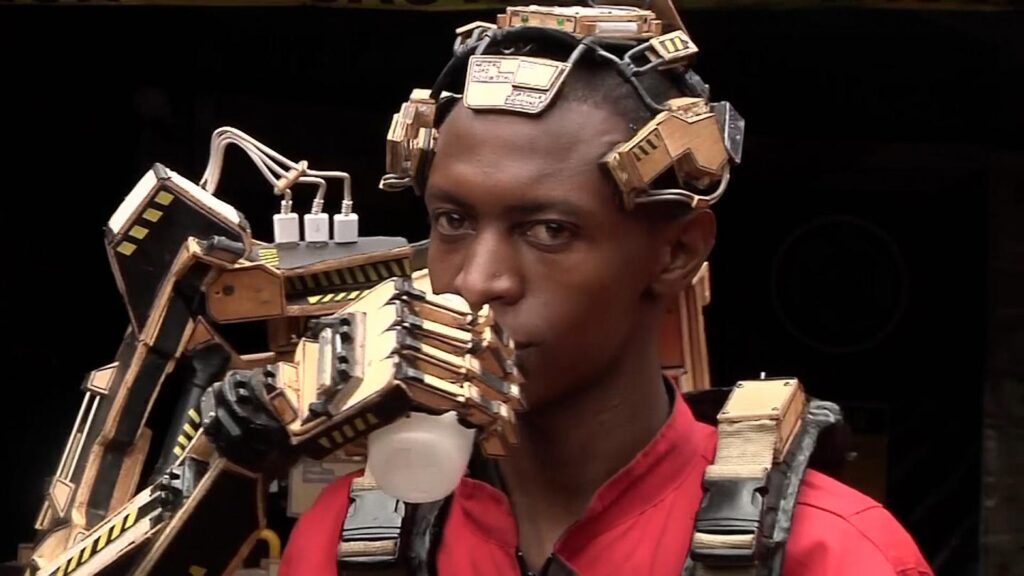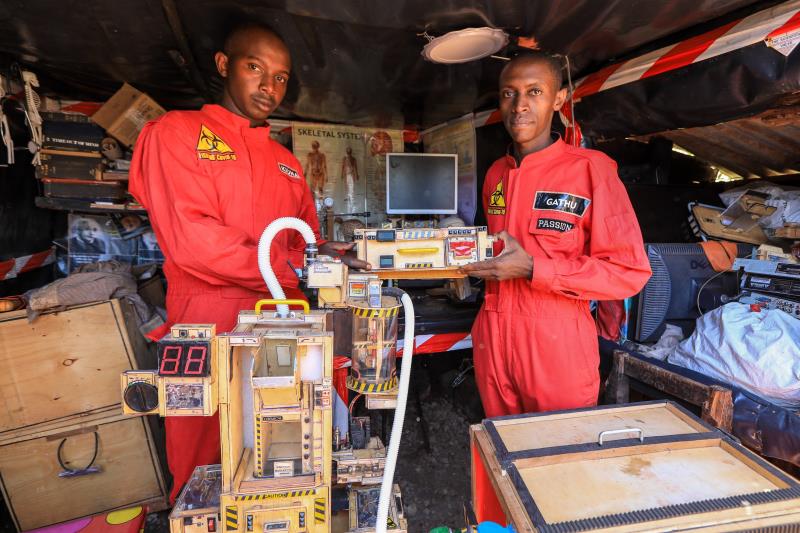We live in a time where technology is moving faster than we could have imagined. One such popular breakthrough has been artificial intelligence. The AI Robotics market is expected to grow from USD 6.9 billion in 2021 to USD 35.3 billion by 2026.
As technology has advanced, more and more technological developments have been implemented in this field. A lot of efforts are being put into making artificial intelligence robots safe, friendly, and efficient, from increasing functionalities to improving security.
Keep reading to learn more about the trends in AI Robotics in 2022.
1. AI-Powered Robotics and RPA
RPA improves quality control, lowers costs, and boosts efficiency, among other benefits. The adoption of RPA is growing exponentially in the 2020s. Integrating AI in robots and RPA will allow us to automate many processes that humans currently handle, thus saving time and resources on tasks that machines can perform. AI is the ideal complement to RPA, allowing for more accurate and efficient automation.
2. Rise of Cobots
Cobots are collaborative robots that are low-cost, safe, and easy to deploy. These are intended to collaborate with humans in businesses to combine the strengths of human employees and robots. Many industries have been adopting cobots to lower their production costs while improving the quality of their products.
3. Robotics in Healthcare
The healthcare industry is also taking advantage of the benefits of AI and robotics. Robotic devices that perform surgeries are being used to conduct complex operations. These machines can help surgeons work more efficiently, allowing them to spend less time on each patient. They can also assist with rehabilitation after an injury or illness by monitoring progress through exercise programs.
4. Delivery Robots
The era of delivery robots has been on the rise, with increased demand for them in the retail and food and beverage industries. The global delivery robots market is expected to grow at a higher CAGR of 31.3% from 2022 to 2030. The reduction of delivery costs in last-mile deliveries and increased venture funding are key drivers of growth in this market.
5. Smart Factories
As robots become more intelligent, manufacturing and distribution businesses have become smarter. Industrial robots and automated solutions are assisting businesses with assembly lines more efficiently. When performing repetitive tasks, industrial robots provide manufacturers with greater consistency and quality.
Artificial intelligence is changing the way people interact with computers and machines. As we move towards a more digital world, robotics will play an important role in our lives.
AI is a game-changer in many industries and shows no signs of slowing down.
























